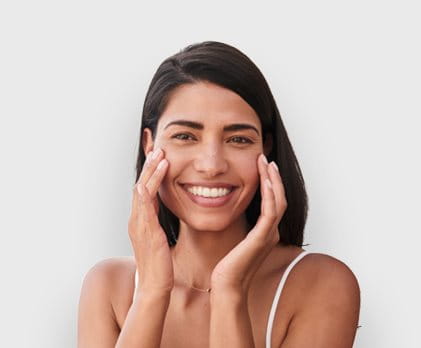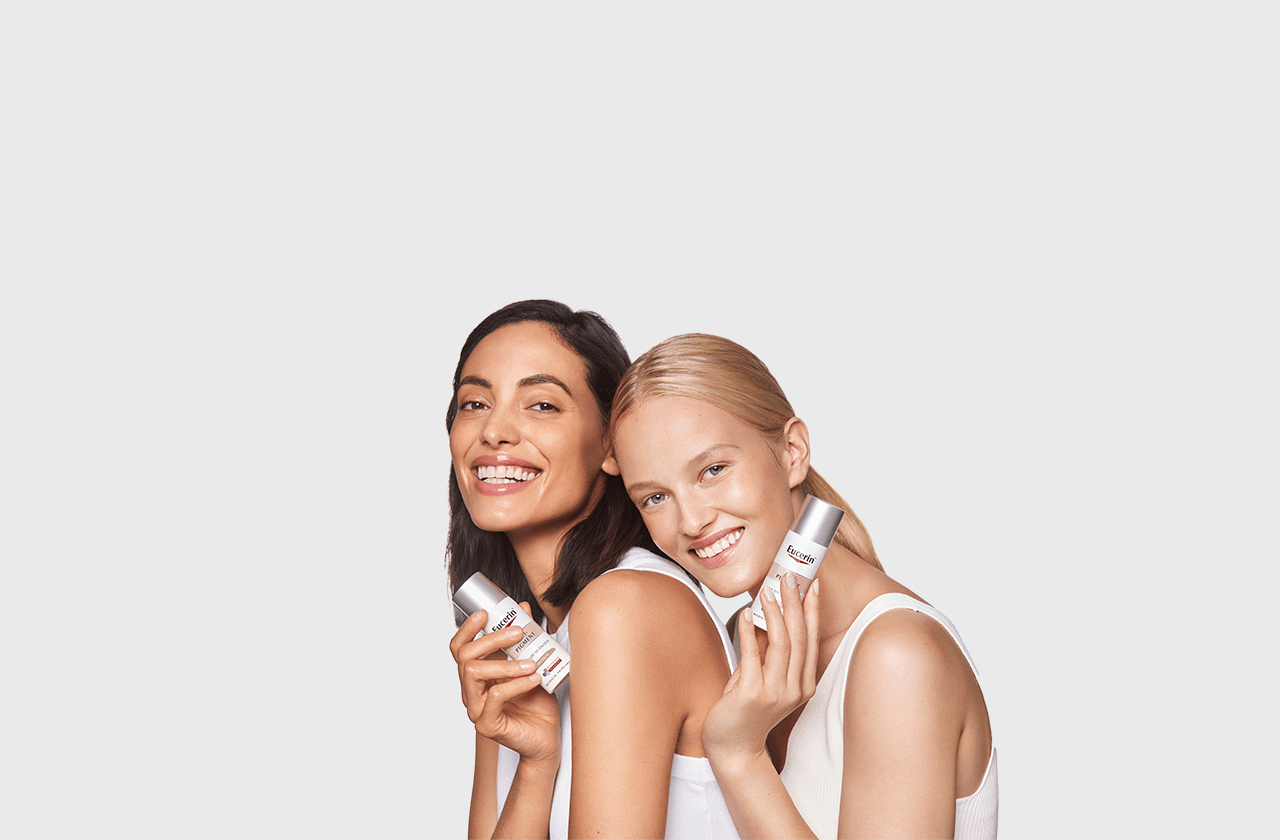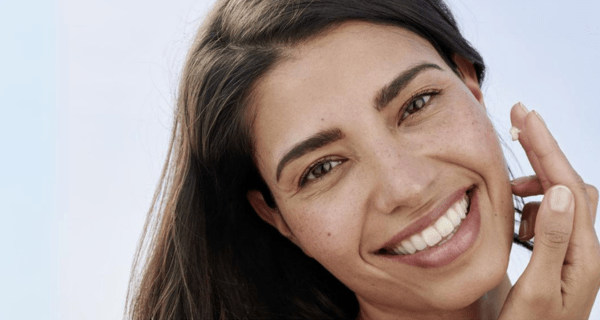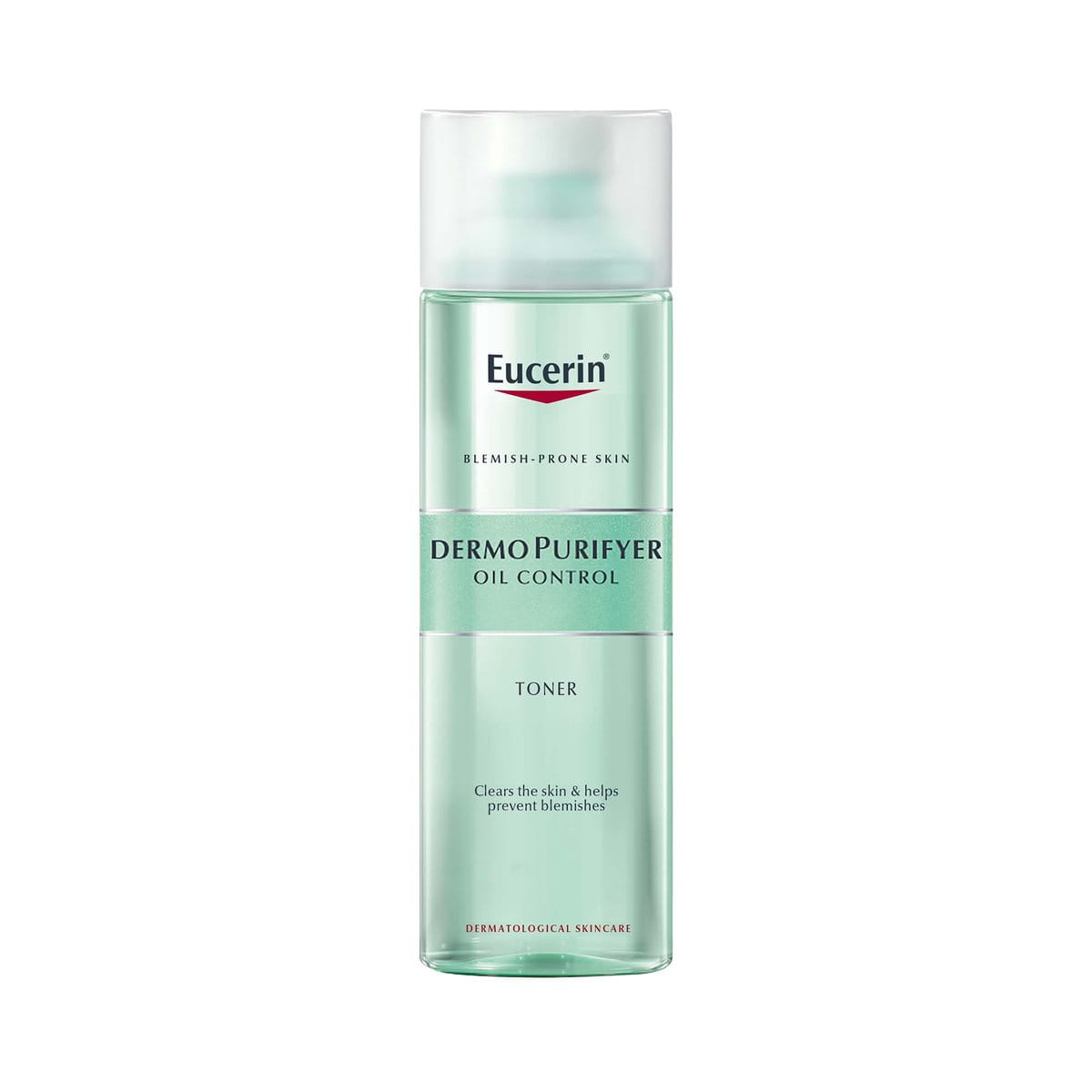If you are experiencing small, red (or flesh-toned) bumps on your skin, then it is likely a papule. These are larger than whiteheads and firmer than a pustule, which can make it a challenge to recognize on the first go. Understanding its true nature can help identify the concern and demystify its effect on individuals with persistent bouts of inflammatory acne.
This article will help you explore the pathophysiology of papule formation, its causes, and popular treatments for effective management of the resilient skin lesions.
Keynotes:
- Papules are a type of acne lesion that develops into solid, red bumps along the skin.
- These are inflammatory in nature and should not be confused with pustules (pimples with pus).
- The treatment for papules includes a holistic skincare routine, topical OTC solutions or prescription medications.
- Avoid picking at your skin and consult a medical professional for targeted results.





